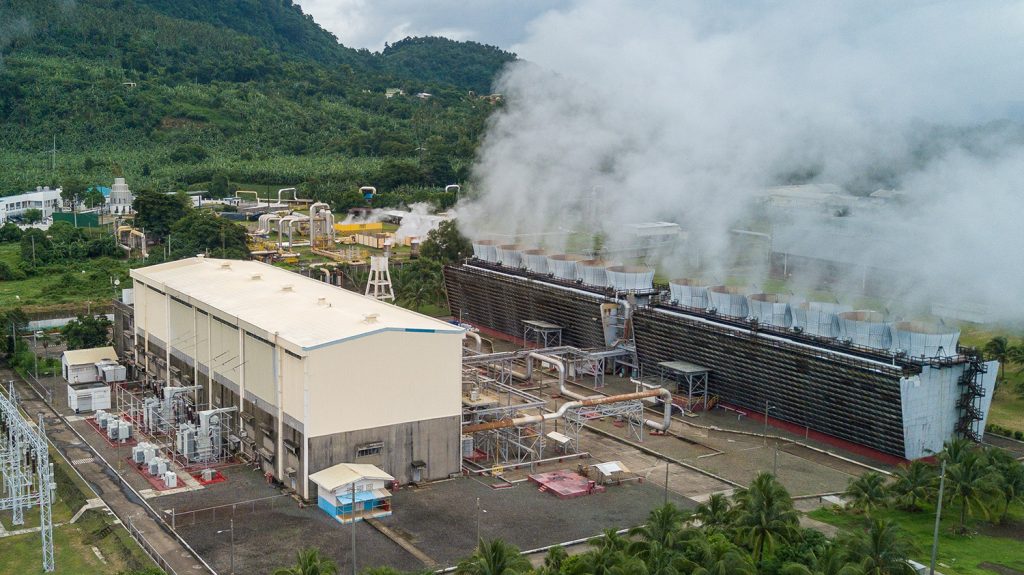Increased government support needed for geothermal in the Philippines

Despite a huge potential for geothermal development, the Philippines still lacks policy support and financial incentives to make its geothermal industry competitive
Based on a 2012 study by the Department of Energy (DOE), the Philippines has a total geothermal potential capacity of 4500 MWe. However, less than half – just under 2,000 MWe – has been developed. This is despite the government enacting policies in the recent years to attract additional investment in the geothermal industry.
In an editorial piece published in the Manila Times, it was pointed out that the Philippines is wasting the opportunity to take advantage of its geothermal resources, as also concluded by recent assessment of the country’s energy sector. The Philippines is currently the third-largest geothermal energy producer in the world after Indonesia and the United States.
Progress in policy
To the credit of the DOE, there has been significant progress is the recent years to develop policies in support of renewable energy in line with the “Philippine Energy Plan 2016-2030.” According to this roadmap, geothermal should account for 40% of all renewable energy in the country by 2030 and have an overall capacity of 4,000 MW by 2040.
So far, supporting policies include the Renewable Portfolio Standards (RPS), the Green Energy Option Program (GEOP), the Enhanced Net Metering Program, and the establishment of the Renewable Energy Market. In October last year, it was also announced that large-scale ($50 million or more initial investment) geothermal projects can be 100% foreign-owned.
Obstacles still remain
Despite enacting these policies, development and investment in the geothermal sector remain slow. There are still too many obstacles that the new policies fail to address. A recent tender of five geothermal pre-determined areas (PDA) accounted only for a potential capacity of 87 MW – indicative of the glacial pace of any future development.
Of the five PDA’s offered for tender, only three projects (Daklan, Puting Lupa, Mt. Labo) received bids while the other two (Itogon, Maricaban) remained open for direct application. We reported on the results of the geothermal tender.
A major issue for investors is that there are not enough financial incentives that can mitigate the high start-up costs of geothermal development. Compared to other forms of renewable energy, geothermal development has high risk and the payoff only comes long-term.
Without financial incentives like subsidized power rates, competitive feed-in tariffs, or tax incentives, potential investors are more likely to invest in other countries.
Source: The Manila Times